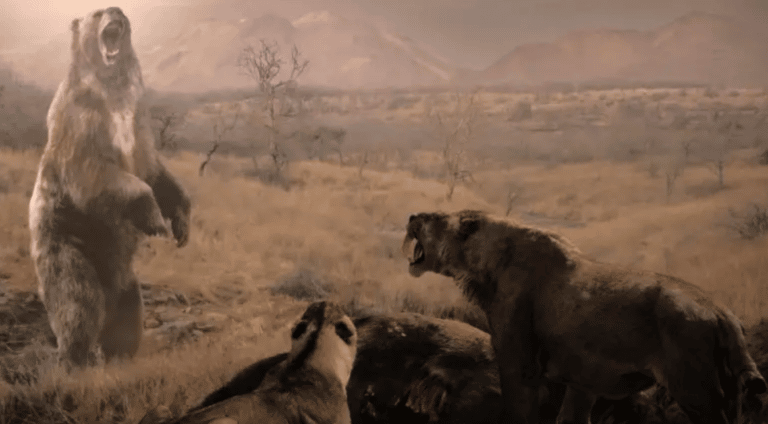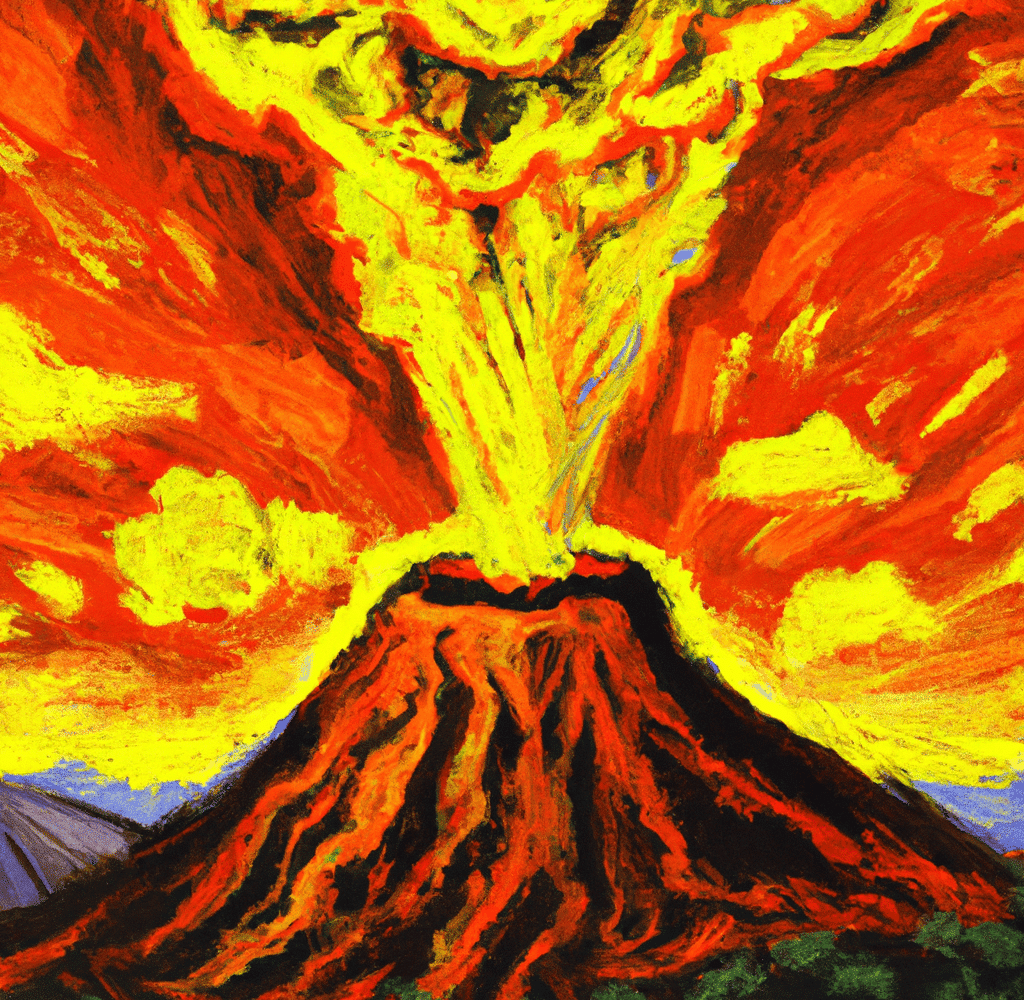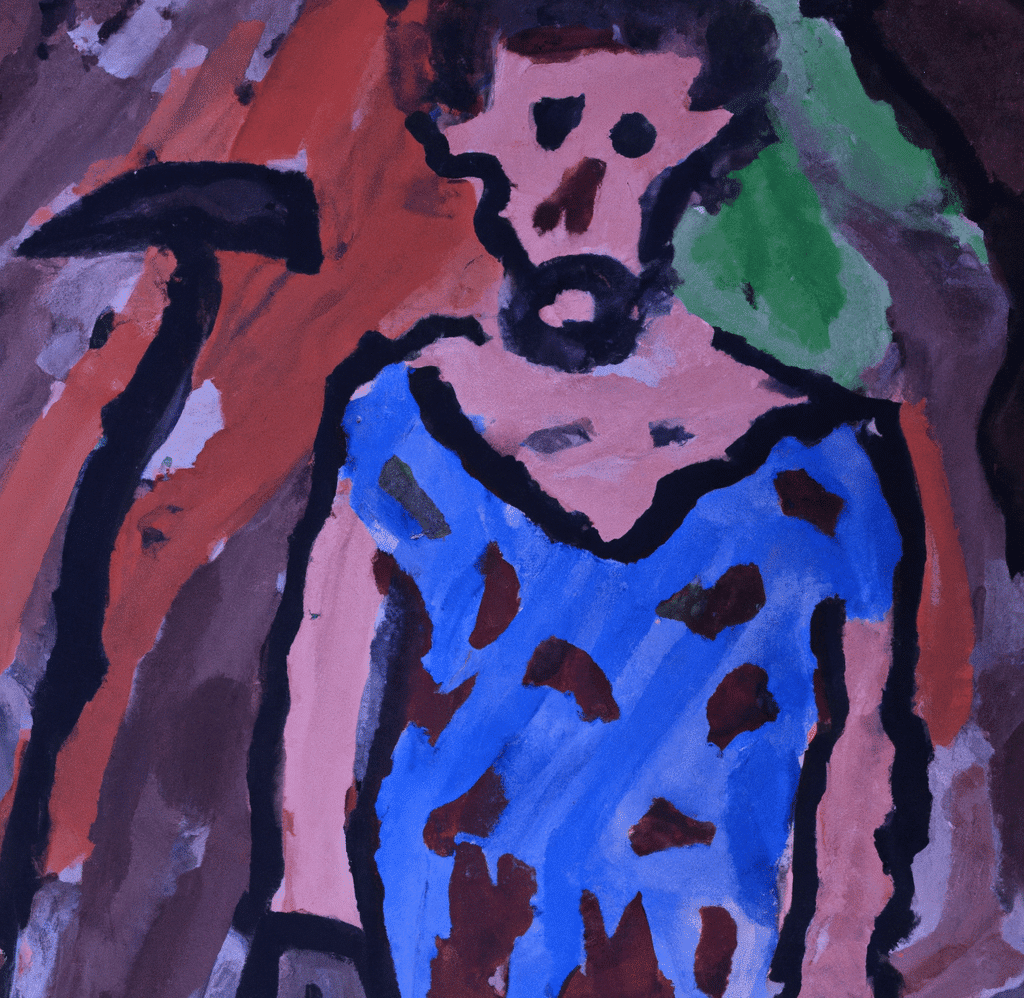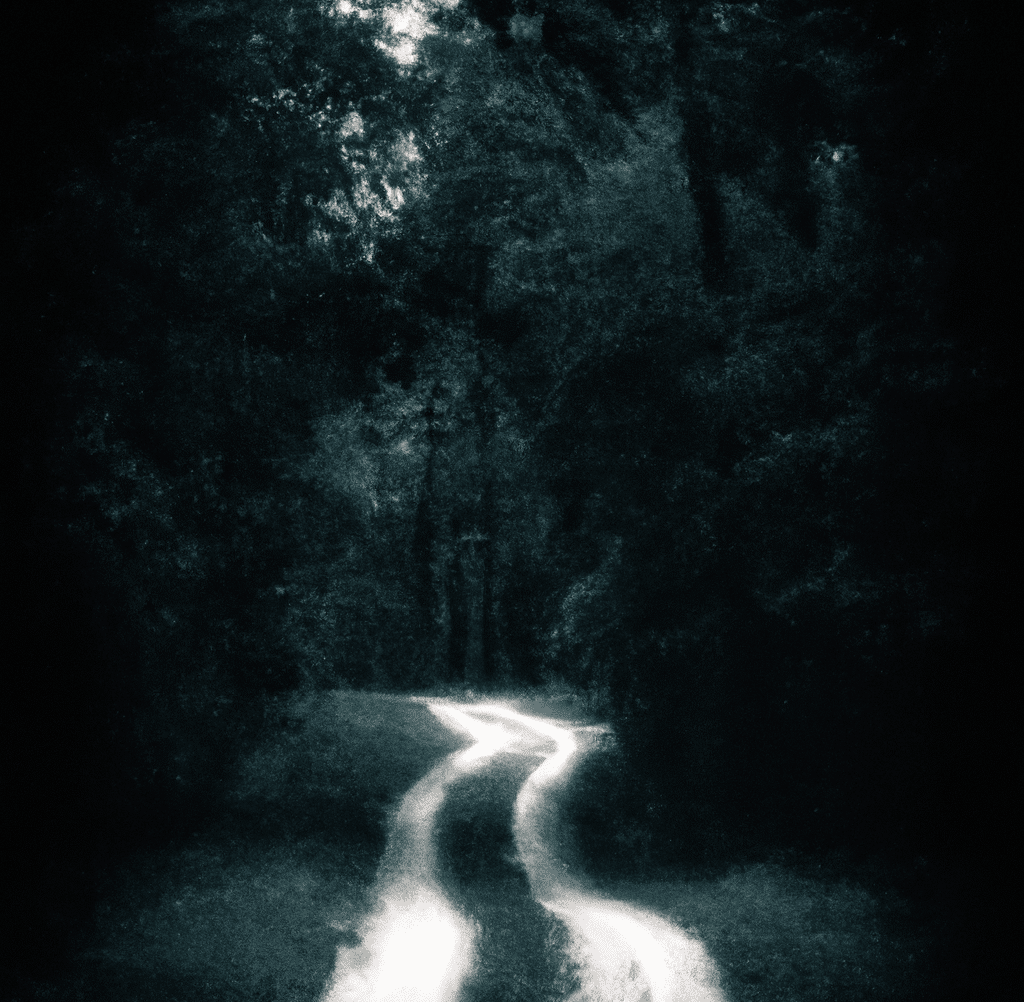During the Ice Age, the short-faced bear was among the most menacing animals to reside in North America. If they weren’t extinct, they would still tower over the bears that inhabit these same areas today.
But how much do you really know about the short-faced bear? And with no natural predators, what could have happened to them?
Let’s take al look at this exciting creature and what led to its disappearance.
The short-faced bear is an extinct ancient bear that lived in North America 11,000 years ago. They were extremely large bears, weighing more than 1 ton (1000 kg) and standing up to 12 feet (3.7 m) tall. Despite their enormous stature, the bear could run up to 40 miles per hour pic.twitter.com/DLyrjWTmh5
— Historic Vids (@historyinmemes) October 27, 2022
How Big Was the Short-Faced Bear?
The short-faced bear was a Goliath of an animal. While on all fours, it stood approximately 6 feet tall at the shoulders. When they stood up on two legs, they were 11-12 feet tall! Their arms reach was believed to be an incredible 14 and a half feet – or possibly higher.
The short-faced bear is estimated to have weighed around 2500 pounds on average. In fact, one bear was uncovered in South America, weighing roughly 3500 pounds, making it the largest bear ever discovered.
Short-Faced Bears Diet?
The diet and hunting style of the short-faced bear has been subject to debate. The bear was initially believed to chase down its prey with its long limbs. Similar to giant ground sloths.
But recent studies suggest that it was more likely to have been an omnivore and ate whatever it could find. The longer, thinner limbs would not be able to support the sudden turns or quick agility required to chase down prey. But the bear could easily steal the kills of a big cat or dire wolf with its overwhelming size and chow down on the leftovers!
The Habitat of a Short-Faced Bear
The Short-Faced bear lived roughly 8,000 to 12,500 years ago during the Pleistocene period. It inhabited much of North America, from Alaska to Mexico. They have been uncovered as far east as Virginia and as far south as Southern Patagonia.
Covering such a massive area, the short-faced bear inhabited a range of diverse climatic conditions. These include subtropical woodlands, steppe tundra, open plains, grasslands, and boreal forests!
The Behavior of the Short-Faced Bear
The nasal opening of the short-faced bear leads researchers to believe it had an elevated sense of smell. The large teeth in their cheek are perfect for cracking bones, and the razor-sharp fangs are excellent for tearing flesh. Similar to modern bears, they were likely solitary scavengers that traveled vast distances using the wind as their compass toward a fresh carcass.
Based on the findings of females in or around caves, it is likely to have been the denning location for short-faced bears. Cubs would stay with their mothers until they could survive on their own.
What Happened to the Short-Faced Bear?
Habitat was vastly changed by the disappearance of the northern grasslands depriving them of their best scavenging areas. It is also possible they were outpaced by the slighter, more efficient brown bears that migrated from the west. Climate change played a significant role in the disappearance of the short-faced bear.
Humans would have also been directly competing with short-faced bears for the large herbivores they depended on. The most likely conclusion is that the combination of climate change, competition, and disease led to the extinction of this remarkable creature.
Conclusion
The short-faced bear had a good run. It is believed to have inhabited the earth for over 800,000 years and survived a variety of heating and cooling events. But like most creatures that made up the Pleistocene period, fossils give us the only window into their fascinating existence.











